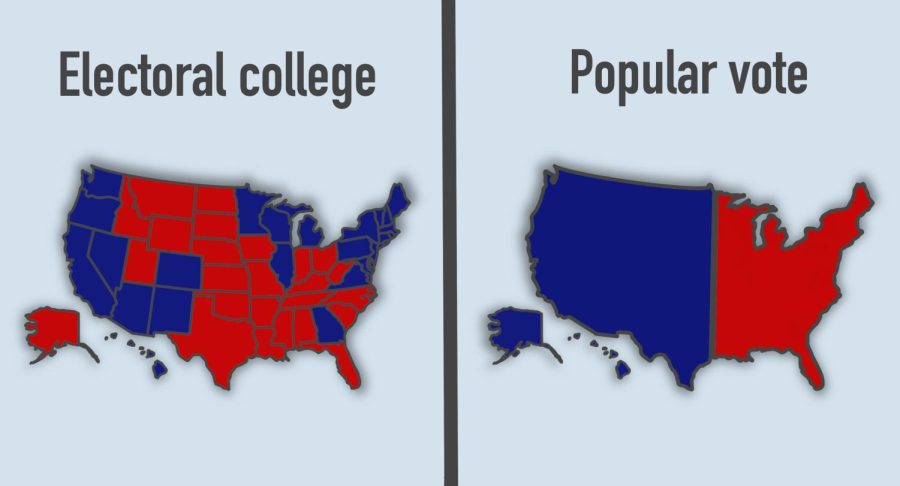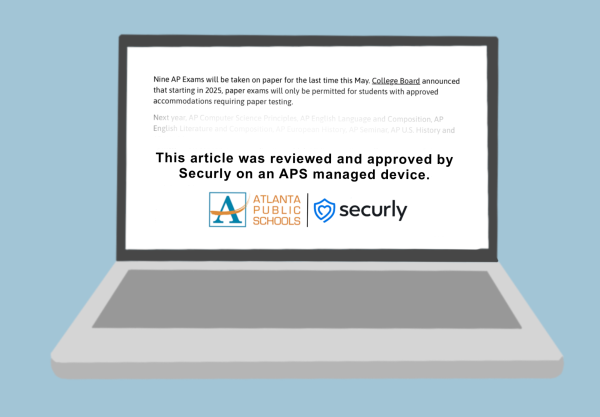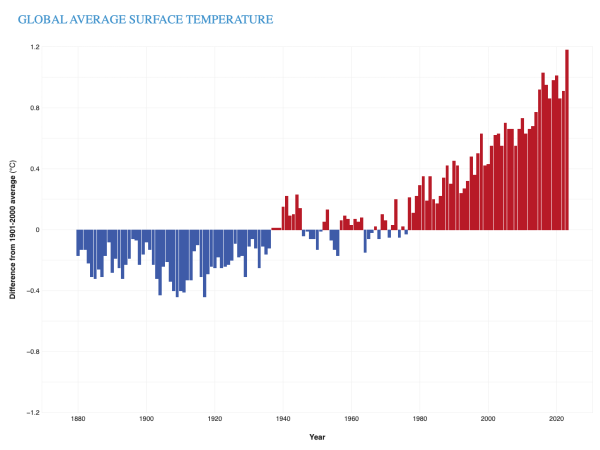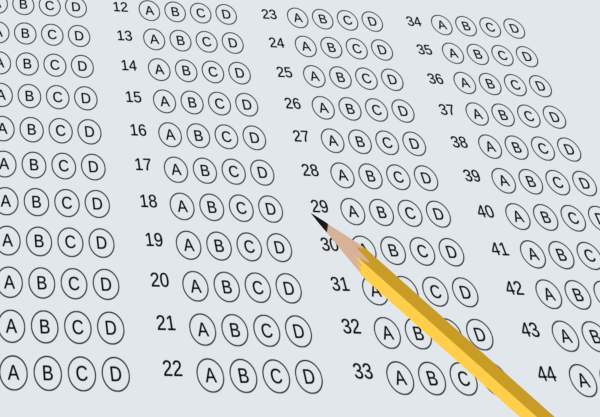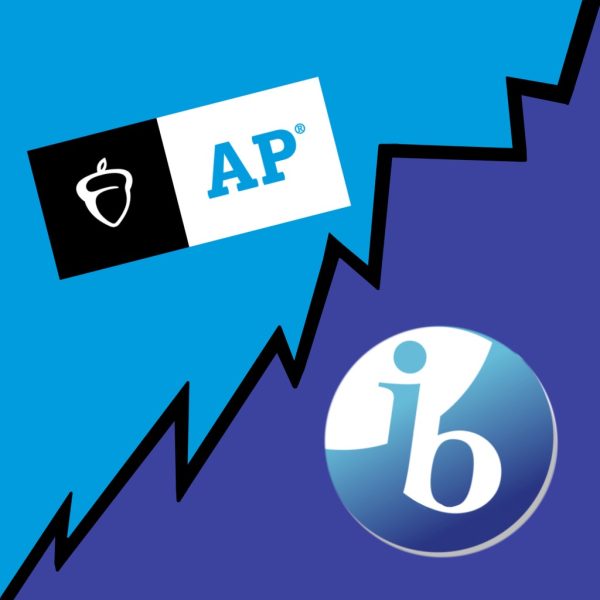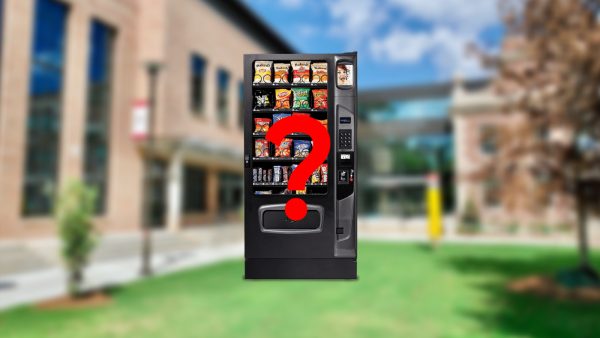Nationwide popular vote more accurately displays US democracy
There has been increasingly more support for the nationwide popular vote among voters in recent decades. The nationwide popular vote allows for a more united and representative nation.
March 17, 2023
The Electoral College is outdated. In the past 200 years, 700 proposals have been introduced to amend or eliminate the system completely. Presidents, representatives and senators alike have cast doubt on the Electoral College system, yet we still use it. A new system of voting, such as the nationwide popular vote, is necessary for the preservation of our representative democracy.
The Electoral College is made up of 548 electors, with each state getting a certain number of representatives along with two senators. These electors vote for the candidate that their state selected. The first candidate to reach 270 votes wins the presidency. This system, along with the U.S.’s bicameral legislature, was created to please anti-federalists who wanted states to have more power. It was not created in the best interest and equal representation of the people themselves.
According to the Pew Research Center, six of 10 voters believe that the nationwide popular vote is the better way of electing the president over the Electoral College. Almost 90 percent of Democrats support a popular vote, which is a stark contrast to the 23 percent of Republicans who support it. This could potentially be because the Republican party hasn’t won the popular vote once since 1990, which brings up another fault of the Electoral College.
It is possible for a candidate to win a presidential election even if they do not receive the majority of the nationwide popular vote. This has happened five times in U.S. history, in 1824, 1876, 1888, 2000 and 2016. This means that a president can sit in office without the majority of support from the American people. The most recent time this has happened was in the 2016 presidential election between Donald Trump and Hillary Clinton. Two million, nine hundred thousand more people voted for Clinton than Trump. This raises questions as to why there is a system that elects a president the majority didn’t vote for. A popular vote more accurately displays the U.S.’s representative democracy as people are voting, not states.
Chris DeRosa of Monmouth University states that changing the Electoral College would require “constitution surgery.” To change the Constitution, three-fourths of the states would need to ratify the change, which would be quite difficult. That’s why the National Popular Vote Movement recommends that because states decide how to award their votes, they should require electors to vote for the winner of the nationwide popular vote, instead of who won in that state. If enough states do this, the problems within the Electoral College could be fixed without having to amend the Constitution. Convincing enough states to require this seems implausible, but in reality, the National Popular Vote Movement already has 15 states along with the District of Columbia to sign on, providing 196 electoral votes of the needed 270.
The Electoral College has also systematically oppressed Black voters, basically handing their votes to white slave owners. The Three-Fifths Compromise allowed the South to gain extra electoral votes, while not allowing the slaves that gave the extra votes to vote. Modern-day oppression includes gerrymandering, which suppresses Black voters by re-drawing district lines to favor one party over another. This shows that the voting system we use today does not accurately represent the people, and it stems from racism.
As with all systems, there are a few flaws with the nationwide popular vote. With the Electoral College, someone always wins, with the popular vote, a tie could be possible. Also, a candidate could win with less than 50 percent of the vote if more than two major parties are running. However, despite these flaws, the nationwide popular vote still prevails to be the better presidential voting system, which shows getting rid of the Electoral College and introducing a nationwide popular vote for presidential elections is the right answer for the U.S.

